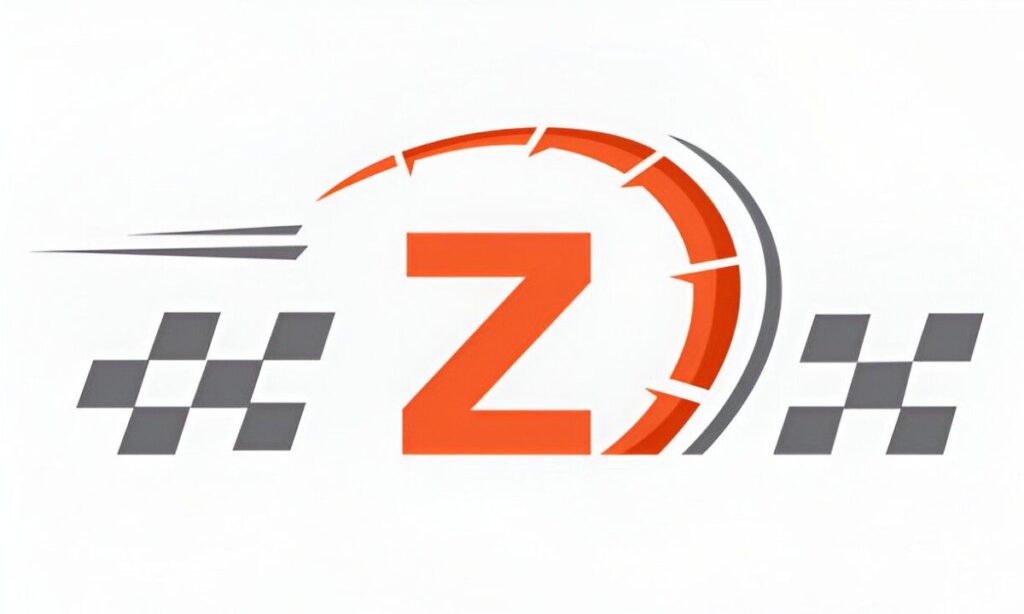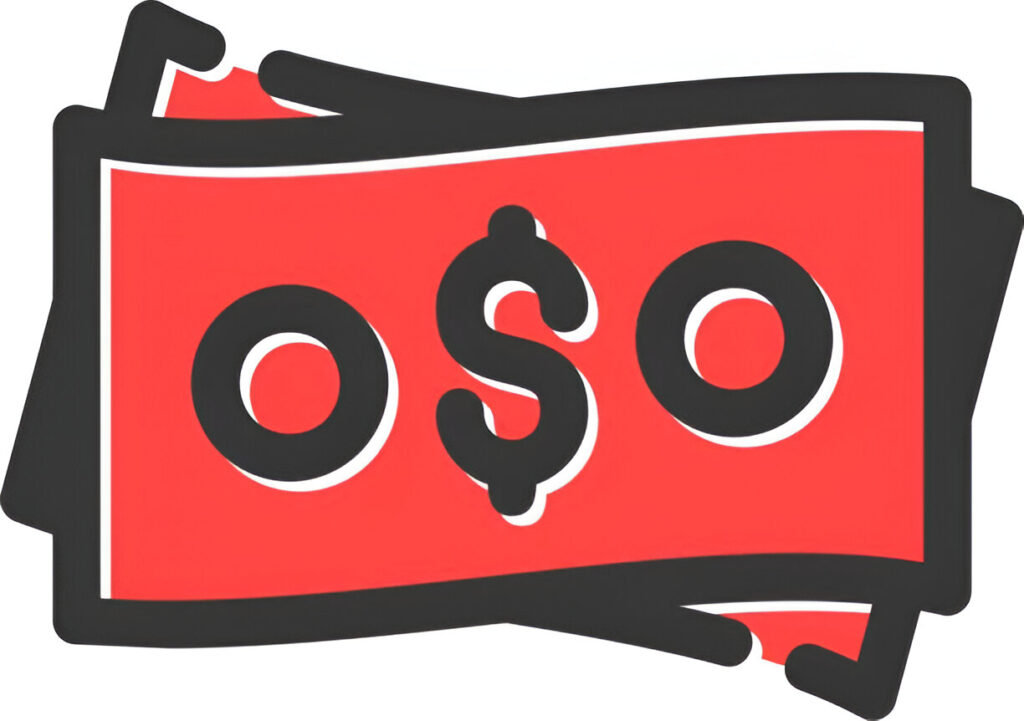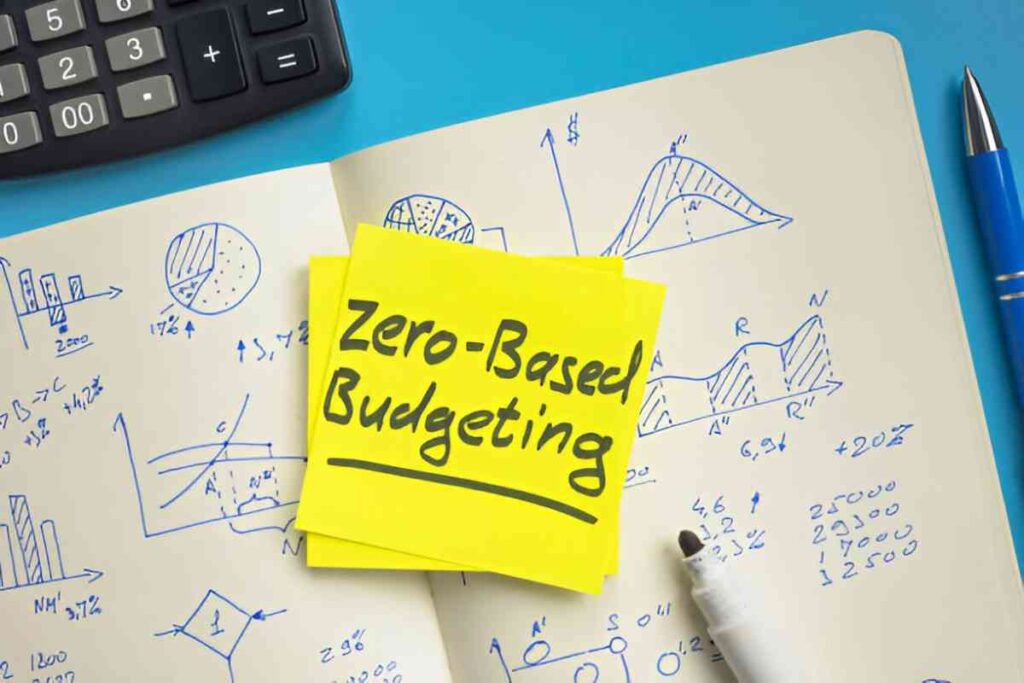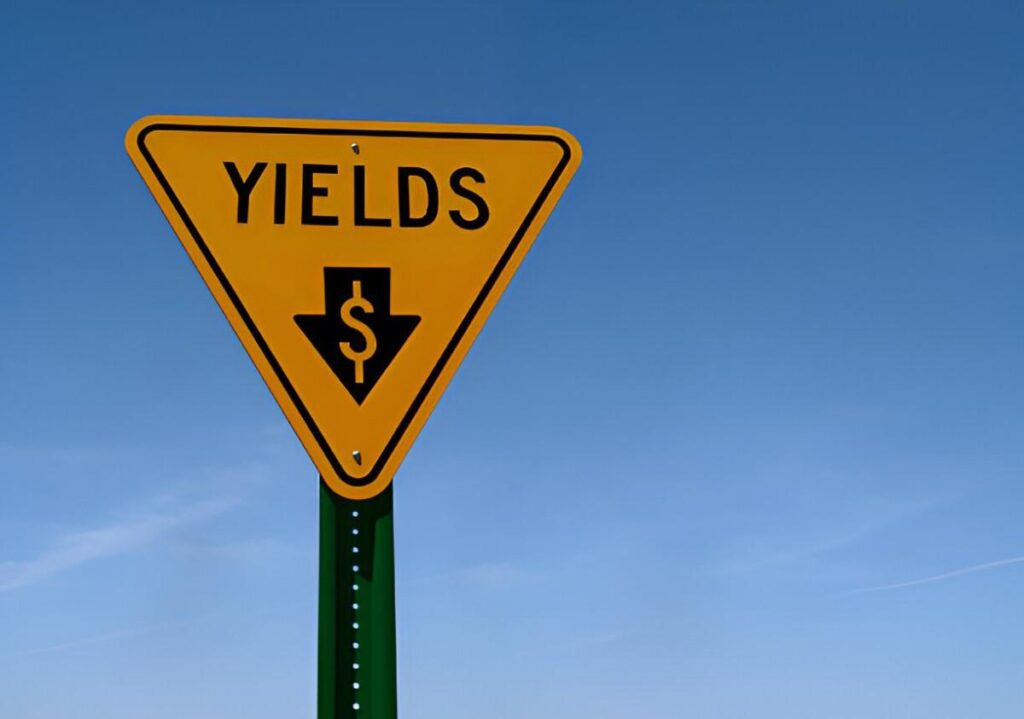Introduction
I remember the first time I saw footage of traders shouting and gesturing wildly on the floor of the Chicago Mercantile Exchange. The chaos seemed incomprehensible, yet beneath the surface, there was a method to the madness. This was open outcry, a once-dominant trading system where human interaction drove financial markets. While electronic trading has largely replaced it, understanding open outcry offers insights into market psychology, price discovery, and the evolution of trading.
Table of Contents
What Is Open Outcry?
Open outcry was a method of verbal and hand signal communication used in trading pits to buy and sell assets. Traders shouted bids and offers, using specific gestures to convey price and quantity. The system thrived on speed, transparency, and competition.
The Mechanics of Open Outcry
At its core, open outcry relied on auction principles. The highest bid and lowest offer determined the market price. Here’s how it worked:
- Bid-Ask Spread: A trader would shout, “50 for 100!” meaning they were willing to buy 100 contracts at $50. Another might counter, “50 and a half for 100!” indicating a selling price of $50.50.
- Hand Signals: To communicate over noise, traders used standardized gestures:
- Palm out = Sell
- Palm in = Buy
- Fingers extended = Quantity
- Price Discovery: The best bid and offer were matched, ensuring fair execution.
A Simple Example
Suppose Trader A wants to buy wheat futures at P_b = \$4.25 per bushel, while Trader B offers to sell at P_a = \$4.30. The spread is:
Spread = P_a - P_b = 4.30 - 4.25 = \$0.05If another trader accepts Trader A’s bid, the transaction executes at $4.25.
Historical Context
Open outcry dominated exchanges like the Chicago Board of Trade (CBOT) and New York Stock Exchange (NYSE) for over a century. It emerged in the 19th century when telegraphs and telephones couldn’t match the speed of face-to-face trading.
Why Did It Work?
- Transparency: Every trader heard the same prices.
- Liquidity: Crowded pits ensured tight spreads.
- Human Judgment: Traders could assess market sentiment instantly.
The Decline of Open Outcry
By the 1990s, electronic trading began displacing open outcry. The NASDAQ led the shift, proving computers could match buyers and sellers faster. The final blow came after the 2008 financial crisis when regulators demanded greater transparency—something electronic systems provided.
Comparison: Open Outcry vs. Electronic Trading
| Feature | Open Outcry | Electronic Trading |
|---|---|---|
| Speed | Seconds to execute | Milliseconds |
| Transparency | Audible but prone to errors | Fully recorded |
| Cost | High (floor traders) | Low (automated systems) |
| Flexibility | Limited to exchange hours | 24/5 trading possible |
Mathematical Foundations
Open outcry wasn’t just noise—it was governed by market microstructure theory.
Order Flow and Price Impact
The relationship between order size and price movement can be modeled as:
\Delta P = \lambda \cdot QWhere:
- \Delta P = Price change
- \lambda = Market impact coefficient
- Q = Order quantity
In open outcry, large orders often caused noticeable price shifts because traders reacted in real time.
Example Calculation
If \lambda = 0.01 and a trader buys Q = 500 contracts, the expected price impact is:
\Delta P = 0.01 \times 500 = \$5.00This means the market might move $5 higher due to the trade.
Why Open Outcry Still Matters
While rare today, open outcry offers lessons:
- Market Psychology: Traders relied on intuition, something algorithms still try to replicate.
- Price Discovery: The process was organic, driven by human interaction.
- Redundancy: Some argue hybrid systems (electronic + human oversight) could prevent flash crashes.
Final Thoughts
Open outcry was more than a trading method—it was a cultural institution. Its decline marks the financial world’s shift from human-centric to machine-driven systems. Yet, its principles remain embedded in modern markets.





